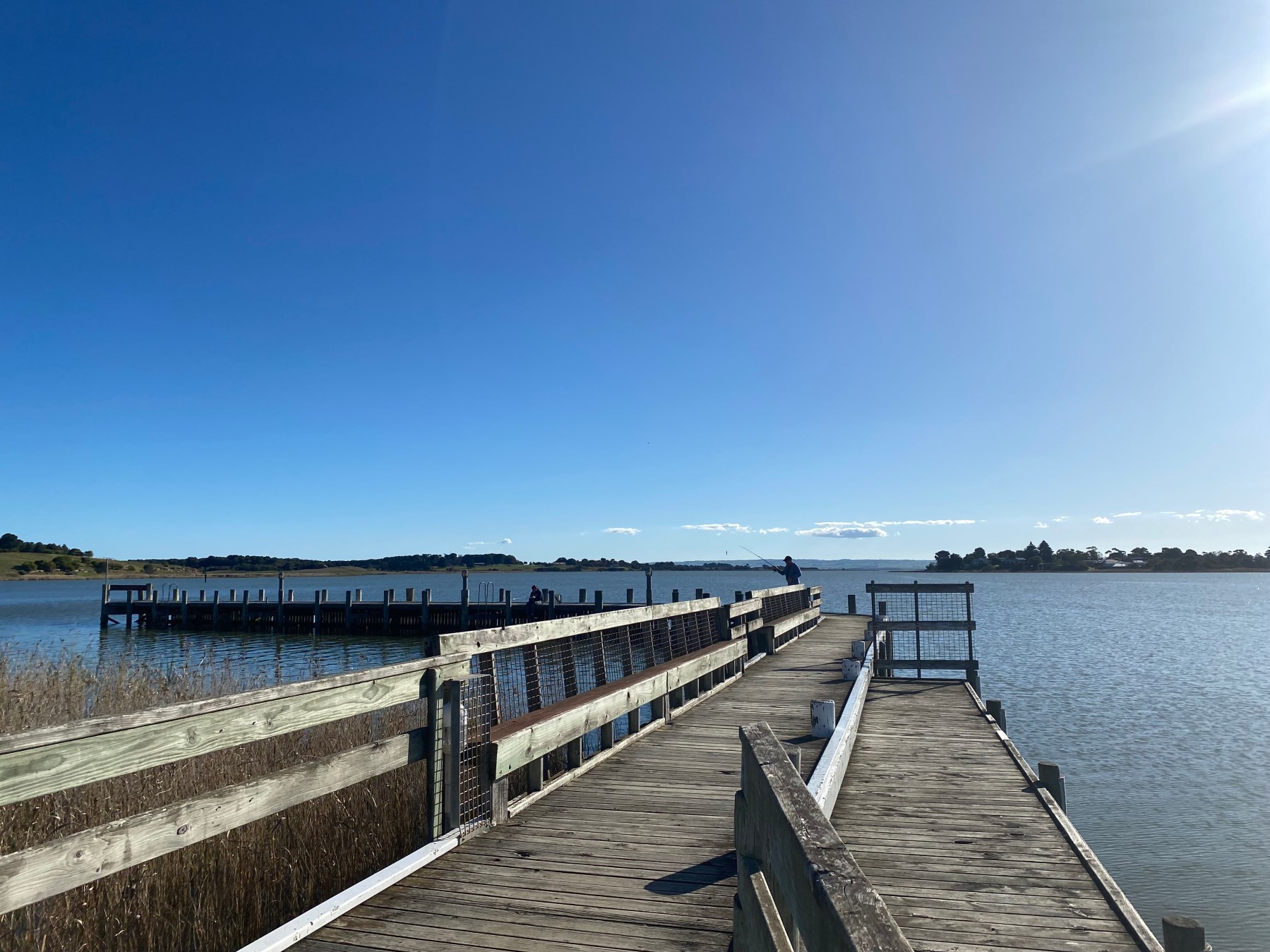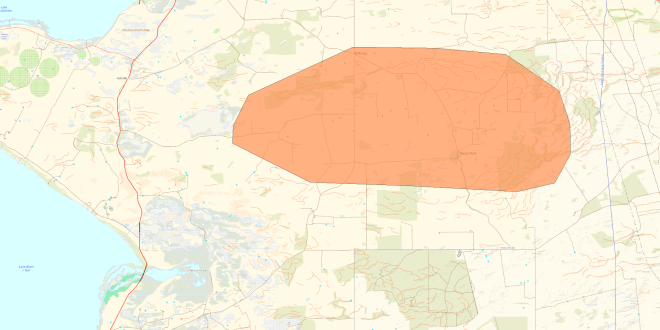Health experts advise avoiding body contact with and drinking from Lake Alexandrina until further notice.
While boating and fishing are still permitted, individuals are strongly urged to refrain from ingesting the water.
Recent water samples (Thursday, 21 March) from Lake Alexandrina revealed elevated levels of potentially harmful blue-green algae throughout the lake. Unlike other types of blue-green algae, the species found at Lake Alexandrina typically does not form visible scums and may not be easily detectable to the naked eye.
Ingesting water containing blue-green algae can lead to gastrointestinal symptoms such as vomiting, bloody diarrhea, fever, and headaches. Direct contact with the water may also cause irritation to the skin, eyes, ears, nose, and mouth.
If you’ve been in the water at Lake Alexandrina and begin to feel unwell, seek medical assistance promptly. Inform your GP that you may have been exposed to blue-green algae. Pets are particularly susceptible and should be kept away from the water to prevent algae exposure, which can adhere to their fur.
Fish caught in the lake should be thoroughly cleaned and gutted before consumption. The abundance of this particular type of blue-green algae in the lake is unprecedented in South Australia, with climate variability possibly playing a role in its proliferation.
SA Water reassures that it doesn’t draw water from Lake Alexandrina, and the water it provides from other sources in the area remains safe to drink.
Dr. David Cunliffe, SA Health’s Principal Water Quality Adviser, emphasizes the presence of a blue-green algae bloom in Lake Alexandrina. Residents in surrounding communities and those planning Easter weekend visits are urged to avoid body contact with the lake water, refrain from drinking it, and keep pets and children away from it. If exposed, monitor your health closely and seek medical attention if symptoms develop.
Ongoing monitoring and testing of the lake’s algae levels are being conducted, with collaboration among relevant agencies aimed at enabling a safe return to water activities as soon as possible.







